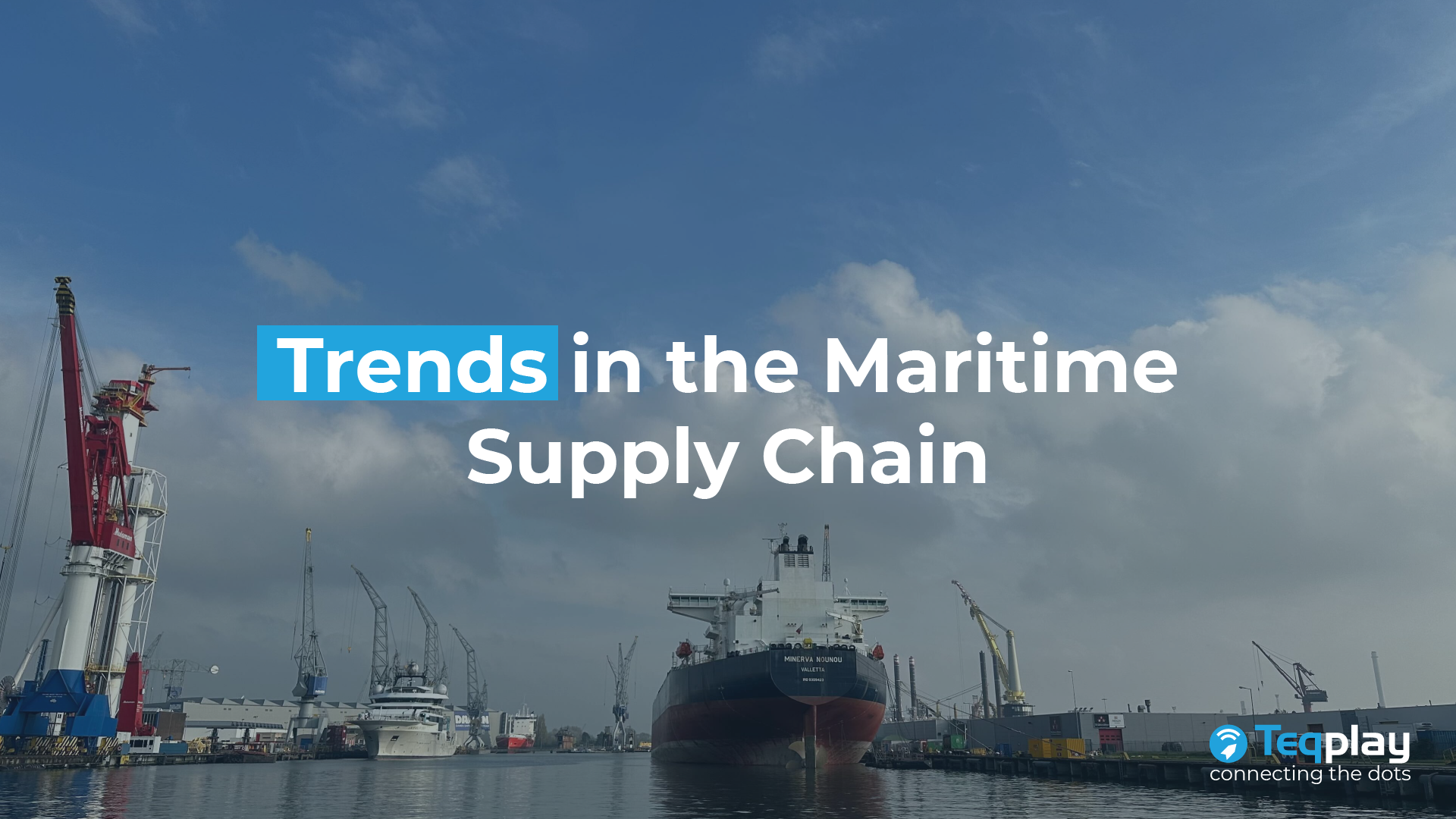The maritime supply chain is complex, involving many different networks, stakeholders, and processes. It is important for maritime actors to stay up-to-date with new developments and trends so that they can operate efficiently and offer optimal services.
1. Higher freight rates
In 2022, container freight rates increased 5 times in comparison to pre-pandemic levels. Dry bulk freight rates also increased due to the war in Ukraine and crisis in the supply chain. The shipping industry is becoming more and more volatile, and UNCTAD is recommending that maritime stakeholders invest more in port infrastructure, connectivity, and digitalization.
2. Digitalization
The industry is moving on from more traditional methods to more innovative solutions. There is a growing trend towards the use of digital technologies in the maritime industry, including the use of digital platforms for communication, tracking, and documentation.
Digital transformation enhances maritime activities, and with proper standardization of processes, digital solutions can optimize operations and greatly reduce costs. Big data analytics, digital twin, and automation are among the technological developments that are on the rise in the maritime world.
3. Sustainability
Emission levels in the industry are still on an alarming rise. There is thus increasing pressure on the maritime industry to reduce its environmental impact, including through the use of alternative fuels, the implementation of more efficient technologies, and the development of sustainable supply chain practices.
The maritime industry has started to enact stricter standards and regulations on carbon emissions. Improving ECO speed sailing, utilizing alternative fuels, and using technological solutions effectively are necessary to ensure the shipping industry achieves its goal of becoming carbon neutral.
4. Increased regulation
There is a trend towards increased regulation in the maritime industry, particularly with respect to issues such as environmental protection, safety, and labor standards.
Starting from 2023, the IMO has introduced two new measures of ship efficiency and carbon intensity: the energy efficiency existing ship index (EEXI) and the carbon intensity indicator (CII). Ensuring compliance with these measures is an important goal for maritime businesses. There will need to be long-term strategic changes for businesses to remain competitive in the constraints of increased regulatory workload.
5. The rise of smart ports
Underdevelopment in port technologies causes a lot of inefficiencies and delays. Ports all over the world are increasingly investing in smart maritime logistics and digital technologies, with the aim of improving port performance and decision making.
In a smart port, digital innovations are used to facilitate collaboration among actors and interactions between ships and the shore. The goal is to create a more intelligent, efficient, and economical port that can adapt to potential volatility in the industry. The efforts to create smart ports are becoming more and more relevant as the supply chain rapidly grows and new challenges arise.
Teqplay
Teqplay believes that digital transformation is crucial for the future of the maritime industry. As the maritime world develops and changes, it is up to businesses to make the most out of technological developments and add values to the supply chain. With this goal in mind, Teqplay aims to promote a healthy and realistic digitalized future for the maritime industry by offering innovative solutions and collaboration with maritime partners.




